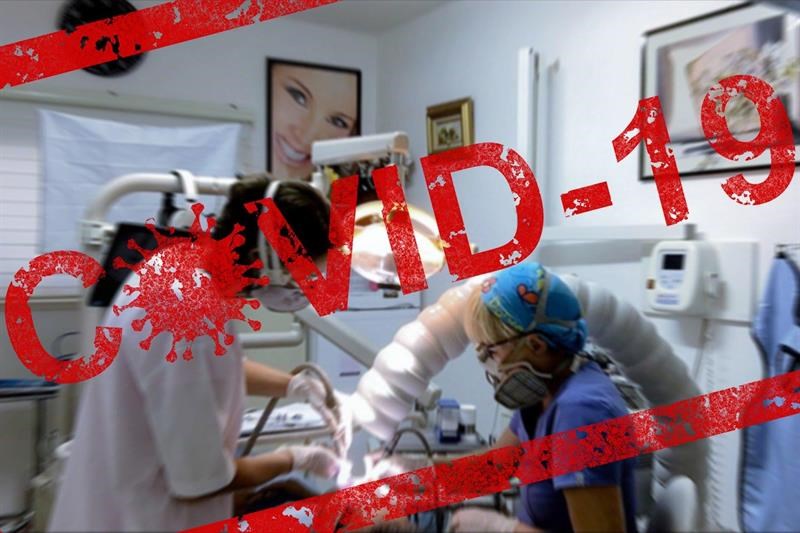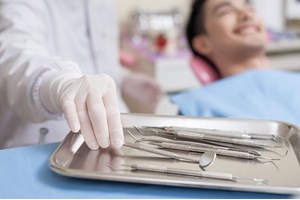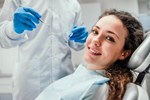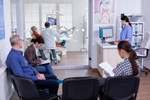COVID-19 rate among dentists is less than one per cent
Published: 15/10/2020
Although assumed to be at high risk for COVID-19, fewer than one per cent of dentists in the US were found to be COVID-19 positive, according to a first-of-its-kind report based on data collected in June 2020.
The result is far below that of other health professionals in the US.
In addition, 99 percent of dentists are using enhanced infection control procedures such as screening protocols and enhanced disinfection practices when treating patients.
The report, published online ahead of print by The Journal of the American Dental Association, is the first large-scale collection and publication of U.S. dentists' infection rates and infection control practices related to COVID-19.
'This is very good news for dentists and patients,' said American Dental Association (ADA) Science and Research Institute Chief Executive Officer Marcelo Araujo, senior author of the report. 'This means that what dentists are doing - heightened infection control and increased attention to patient and dental team safety - is working'
Dr. Araujo added that the authors of the report, researchers from the ADA Science and Research Institute and Health Policy Institute based in Chicago, are continuing to collect and will report infection rate data on dentists and have added hygienists to their ongoing survey, in collaboration with the American Dental Hygienists Association.
This report focused on nearly 2,200 dentists in June, finding that 82% of dentists were asymptomatic for one month prior to the survey and 16.6% reported getting a COVID-19 test. Those who tested positive were not clustered in any particular geographic region. Among those not tested, less than one percent (0.32) were given a probable COVID-19 diagnosis by a physician. The authors weighted the results to align with US dentists demographically and geographically and found an estimated prevalence of less than one percent (0.9) with a margin of error of 0.5 percent.
'Understanding the risks associated with COVID-19 transmission in the dental setting is critical to improving patient and dental team safety,' said Dr. Araujo. 'This study brings us another step forward in understanding what works. Dentists are following ADA and U.S. Centers for Disease Control and Prevention (CDC) guidance, and it's helping to keep the dental team and their patients as safe as possible.'
In March, The New York Times listed dentistry as one of the professions at highest risk of COVID-19 based on data from O*NET, a database maintained by the U.S. Department of Labor. It was presumed that virus transmission could occur because of the close proximity between dental professionals and patients and because many dental procedures generate aerosols that may contain viral particles from infected individuals.
This newly published report, with the extremely low rate of COVID-19 infection among dentists, supports the effectiveness of the recommendations from the CDC and ADA in preventing virus transmission.
The ADA's guidance calls for the highest level of personal protective equipment (PPE) available – masks, goggles and face shields. The ADA's interim guidance also calls for the use of rubber dams and high velocity suction whenever possible and hand scaling when cleaning teeth rather than using ultrasonic scaling to minimise aerosols.
'The fact that dentistry was named one of the most at-risk professions for infection, but has a far lower prevalence of infection compared to other health professions, is not a coincidence,' said Chief Economist and Vice President of the ADA Health Policy Institute Marko Vujicic, Ph.D. 'The profession has taken this issue extremely seriously, and it shows. We will continue to track the rate of COVID-19 among dentists and other facets of the pandemic affecting dentistry so it can help inform the dental profession and other industries as well.'
Author: Julie Bissett








.jpg?width=150&height=100&scale=canvas)




